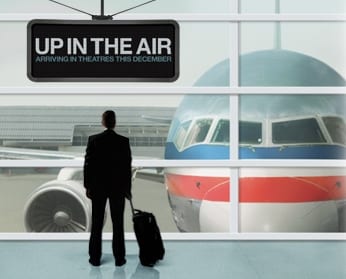by Dawn Turner – July 2014 Over my years at American Airlines I was fortunate to be part of some great brand activation campaigns. The following is a list of my favorite sports and entertainment marketing activations and other moments in general (in no particular order), followed by how partnerships can adopt some of the…Continue Reading Six Brand Activation Ideas that Soar
Six Brand Activation Ideas that Soar




